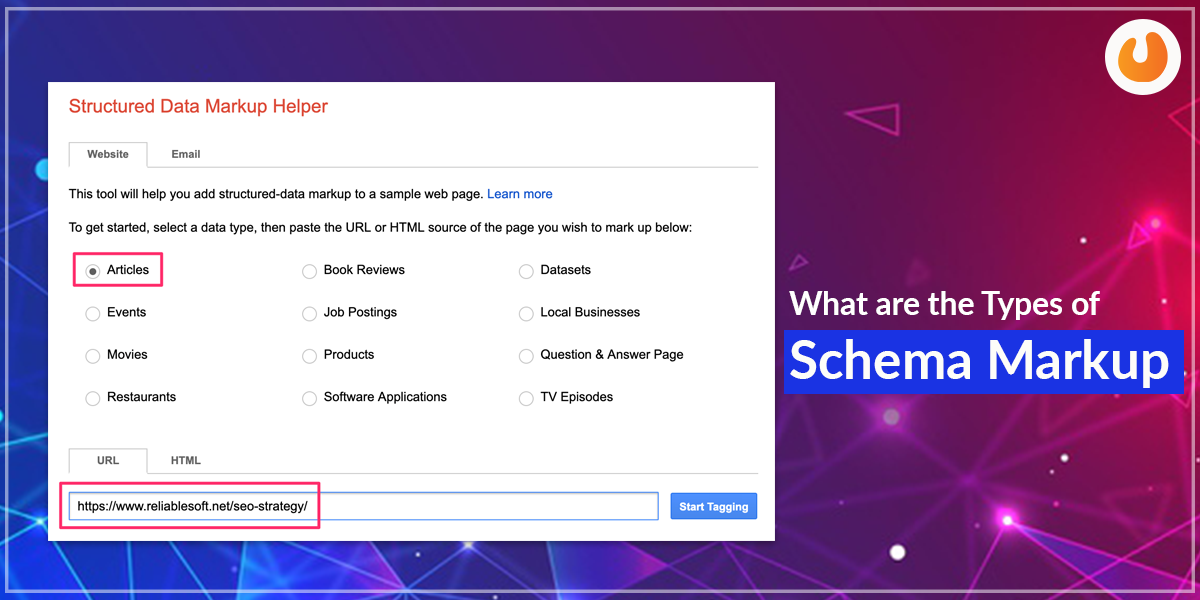While in SEO and internet marketing services, you must have come across the term ‘Schema Markup.’ So, what is it? Where it comes from? And do you really need it? The answer to all these questions lies in this post. So let us start with the basic one, what is schema markup?
The Schema Markup
Schema means a diagrammatic presentation. In simple terms, schema markup is a type of structured data vocabulary (or coding language) that aids search engines in understanding the different elements on your site. Schema markup allows the search engines to understand the framework, plan, and outline of your website.

The schema markup is also used to generate rich snippets in your search results. They may look like this,
Schema briefs the content in the best possible manner. It displays the additional bits of information here, which is pretty useful at times.
In the images used above, the ratings (4.2 in the first image and 3.6 in the second), reviews(1369 in the first image and 88 in the second), cost ($16.15 in the second image) and availabilitly (In stock, mentioned in the second image) displays
What are the Types of Schema Markup
There are various types of schemas that give organizations a lot of flexibility in terms of the rich snippets that could be displayed. Still, the website managers should understand how each piece of code affects the way snippets are displayed before even implementing a specific markup. Even Google can get confused with your website if it has the wrong piece of code. However, there are various subcategories. The most commonly used ones are,
- Action Schema
- Event Schema
- Creative Work Schema
- Intangible Schema
- Organization Schema
- Medical Entity Schema
- Place Schema
- Person Schema
- Product Schema
The search engines analyze these markups to know what your site is offering. When they get to know this, they display the appropriate snippets based on each user’s search.
Also Read – How Beneficial Is YouTube Video Marketing For Your Business
Why is schema important to SEO strategy?
Schema is one of the perennial things for the evolution of SEO strategy. For SEO content, marketers, and advertisers, schema markup allows an increase in click-through rates and overall site traffic. Below are some of the major advantages you can garner by adding schema to your webpages,
- Increase brand visibility within the knowledge graph
- Provides a quick preview of the content on SERPs
- Helps in increasing the Click-through Rate
- The rich snippets created by the structured data boosts your page in terms of relevance
- Provides visibility that traditional SEO strategies may not offer
How does the Markup Schema Works? How To measure its success?
Here’s a question for the readers, Is it worth taking the time to go through your entire website and add these bits of code to all the pages?- This not only sounds hectic but actually it is quite hectic.
Schema can pay for itself by aiding Google and other search engines better understand the content you have worked day-in-day-out to deliver to your customers. Schema.org helps us know how it works,
“Most webmasters are familiar with HTML tags on their pages. Usually, HTML tags tell the browser how to display the information included in the tag. For example, <h1>Avatar</h1> tells the browser to display the text string “Avatar” in a heading 1 format. However, the HTML tag doesn’t give any information about what that text string means.- “Avatar” could refer to the highly successful 3D movie, or it could refer to a type of profile picture, and this can make it more difficult for search engines to intelligently display relevant content to a user.”
How to define items with Schema Markup?
If you wish to drive consumers to your business or service, microdata or other forms of schema are the best enhancements. Your website can rank higher in SERPs courtesy of Schema Markup. A handful of companies are currently using the schema markup so that it’s a good time to get in at the ground level with the semantic SEO.

The different formats of Schema Markup
Generally, there are three different formats of schema markups that are used today.
- JSON-LD
- Microdata
- RDFa
Let us understand the three separately.
JSON-LD: Google has declared JavaScript Objective Notation for Linked Data (JSON-LD) as the preferred format of the schema markup in 2015. It may not be needed to present in the <body> of a page but can get drafted in the <script> tag. JSON-LD is generally hidden, making it easier for webmasters to implement. That too, without stirring the rendering of the page.
Microdata: It is a collection of tags added directly to the HTML code of your page. If you are not familiar with programming, this can get a little bit trickier for you.
RDFa: RDFa stands for Resource Description Framework in Attributes. It is almost similar to Microdata and can be termed as an extension of HTML5. RDFa is generally used to markup metadata with the webpage.
Time to wrap up: Schema Markup help crawlers understand your page better and rank it accordingly on the Search Engine Results. Schema Markup isn’t typical but easier to apply. It is one of the fruitful practices that you need to incorporate into your webpage.


 | 500+ Customer from BMBS to Fortune 500 companies
| 500+ Customer from BMBS to Fortune 500 companies







